Introduction to the Control Conference System
The control conference system is an advanced solution designed to facilitate effective and professional remote meetings and conferences. This system integrates modern devices such as cameras, microphones, speakers, screens, and control software, enabling participants from different locations to connect seamlessly. With this setup, meetings can run smoothly regardless of geographical distances, effectively breaking down barriers of time and space.
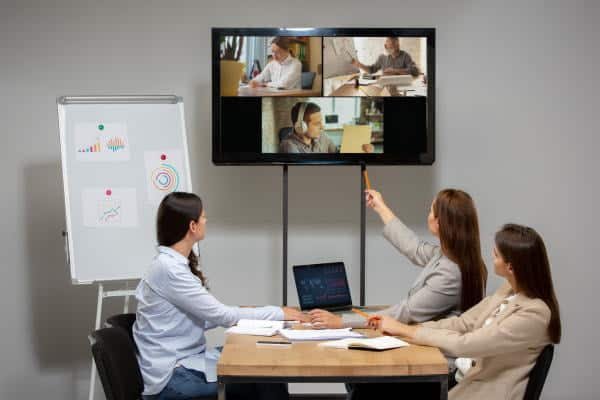
Applications of the Control Conference System
The control conference system finds wide-ranging applications across various fields, including:
- Business: Used for internal meetings, client conferences, online training sessions, and business performance reporting meetings.
- Education: Reduces travel costs for both educators and students, enabling online classes and specialized workshops.
- Healthcare: Facilitates remote consultations with specialists, organizes scientific seminars, and provides training for nurses and doctors.
- Government: Connects different government agencies, supports online conferences, and conducts press briefings.

Benefits of Using the Control Conference System
Implementing a control conference system offers numerous practical benefits to users and businesses, including:
- Time and Cost Savings: Significantly reduces travel expenses for attendees.
- Enhanced Communication Effectiveness: High-quality audio and visuals ensure clear and sharp information transmission, thereby improving the overall meeting quality.
- Expanded Connectivity: Facilitates connections with participants worldwide, increasing the scope of engagement.
- Increased Work Productivity: Makes organizing effective and hassle-free meetings easier.
- Easy Recording and Sharing: Allows for quick recording of meetings and seamless information sharing.

===> Learn more: Common Perimeter Security Solutions for Commercial Properties
Essential Components of the Control Conference System
A basic control conference system typically includes the following devices:
- Screen: Displays images of participants, documents, and shared content.
- Camera: Captures video footage of participants at the meeting location.
- Microphone: Records the voices of participants.
- Speakers: Output audio from participants and other sources.
- Central Control Unit: Manages and controls the system, including functions such as muting/unmuting audio, adjusting volume, and switching camera views.
- Conference Software: Connects the devices and supports features such as screen sharing, recording, and online chatting.
Additionally, the system can be equipped with supplementary devices such as touch control panels, presentation pens, and multi-directional audio systems to meet the specific needs of users.
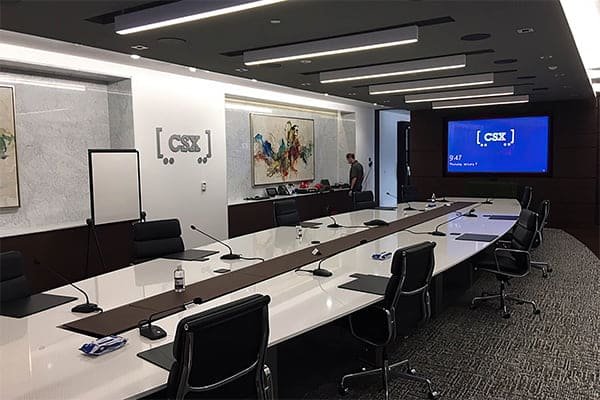
The Evolution of Conference Technology
The shift towards remote communication and digital collaboration has changed how businesses operate. Conference technology has evolved significantly over the years, transitioning from traditional in-person meetings to virtual and hybrid formats. This evolution is fueled by technological advancements, which have enabled seamless communication across vast distances.
With the increasing reliance on remote work, organizations are seeking ways to maintain productivity and collaboration among employees, clients, and partners. The control conference system stands at the forefront of this movement, providing a sophisticated solution that combines quality technology with user-friendly interfaces.
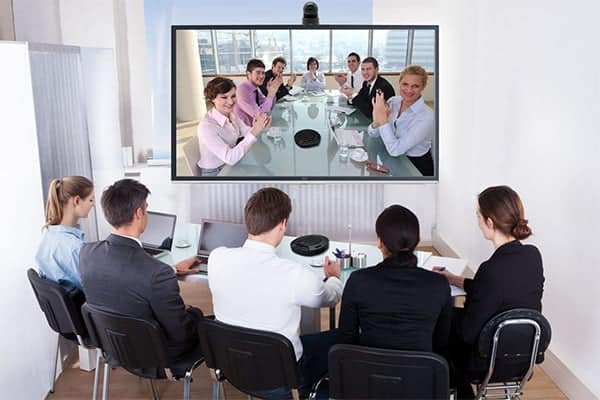
Key Features of a Control Conference System
- High-Definition Video and Audio Quality: A top-tier control conference system ensures crystal-clear video and high-fidelity audio. These features are essential for effective communication, allowing participants to engage more fully without misunderstandings or miscommunications.
- Multi-Device Compatibility: A well-designed system can connect to various devices, including laptops, tablets, and smartphones. This flexibility enables participants to join meetings from their preferred devices, increasing accessibility and convenience.
- User-Friendly Interface: The system’s software should feature an intuitive interface, making it easy for users of all tech proficiency levels to navigate. Features like one-click joining, screen sharing, and chat functions should be simple and accessible.
- Secure Connections: Given the sensitivity of many meetings, security is paramount. A reliable control conference system incorporates robust encryption protocols to ensure that all communications are safe from eavesdropping or unauthorized access.
- Cloud Integration: Modern conference systems often include cloud-based functionalities, allowing users to access recordings and materials from anywhere, anytime. This feature is particularly beneficial for businesses with remote or hybrid teams.
- Scalability: As businesses grow, their communication needs evolve. A scalable conference system can accommodate increasing numbers of participants and additional features as required.
- Technical Support and Training: Comprehensive technical support is crucial for ensuring smooth operation. Systems that offer training for users will help them maximize the technology’s capabilities and troubleshoot common issues.
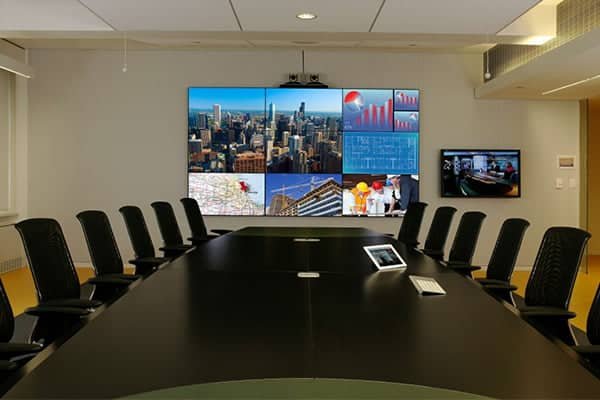
Best Practices for Implementing a Control Conference System
To get the most out of a control conference system, organizations should consider the following best practices:
- Assess Your Needs: Before purchasing or implementing a system, assess the specific needs of your organization. Consider factors such as the size of your team, the nature of your meetings, and the types of technology your employees are familiar with.
- Choose Quality Equipment: Invest in high-quality devices that will provide reliable performance. Cheaper options may save money upfront, but the costs of poor audio and video quality can lead to lost productivity and engagement.
- Conduct Regular Training: Ensure that employees receive regular training on how to use the system effectively. This can improve confidence and reduce technical issues during meetings.
- Schedule Regular Maintenance: Regularly check and maintain the system to ensure everything is functioning correctly. This includes updating software and replacing any worn-out equipment.
- Encourage Feedback: After meetings, encourage participants to provide feedback about the system’s functionality. This input can help identify areas for improvement and enhance the overall experience.
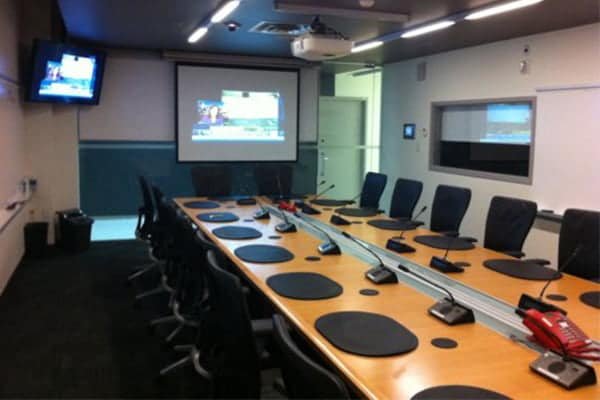
The Future of Conference Systems
As technology continues to advance, the future of conference systems looks promising. Innovations such as artificial intelligence (AI) and machine learning (ML) are poised to further enhance virtual meeting experiences. For instance, AI-powered tools could automatically adjust lighting and sound based on participant feedback or optimize bandwidth for better video quality.
Moreover, as businesses increasingly embrace remote and hybrid working models, the demand for robust control conference systems will only grow. These systems will play a vital role in facilitating collaboration, engagement, and productivity across diverse teams and geographical locations.
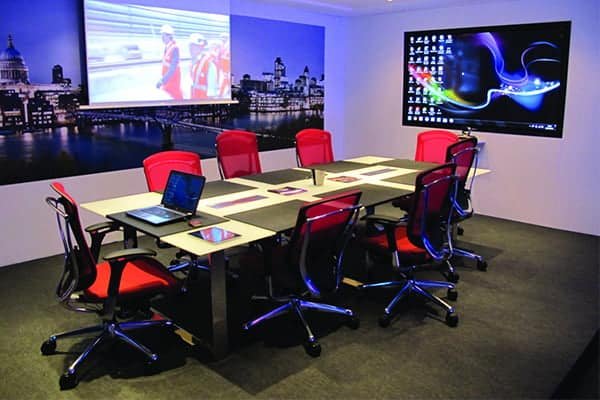
In conclusion, the control conference system represents a comprehensive solution for organizations seeking to enhance communication and collaboration in an increasingly digital world. With its numerous benefits, including cost savings, improved connectivity, and increased productivity, this system is indispensable for businesses looking to thrive in the modern landscape. For further information and tailored solutions, contact NT Security today.

